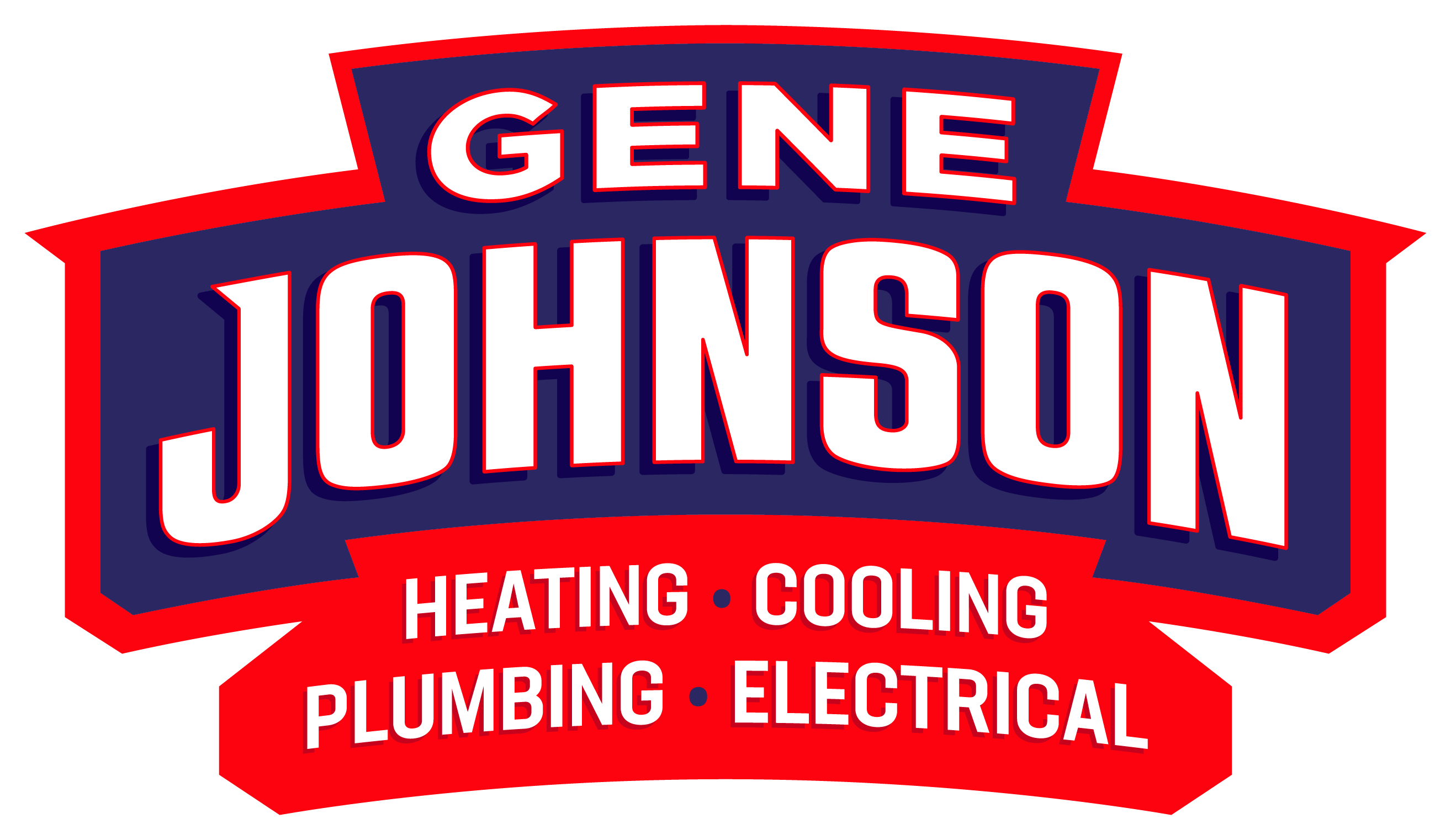Stinky pup? It’s probably time for another bath! You need to give your furry friends regular baths to keep them clean and your home smelling fresh. But if you’re not careful, that tub can turn into a hairy, muddy mess that clogs your drains faster than you can imagine!
We’ve all been there – trying to give Fido a good scrub only to watch in horror as clouds of fur and dirt circle the drain. Suddenly, you’re left with a backed-up tub and a soggy, unhappy pup. No fun for anyone! Especially those of us in Seattle’s great outdoors where our dogs seem to find every mud puddle.
You see, all that shedding dog hair has a bad habit of mixing with dirt, soap scum, and who knows what else to form a perfect drain-clogging combination. Toss in that Pacific Northwest mud or outdoor debris that your pup picked up, and you’ve got a full-on hairy blockage brewing.
Don’t stress though! With some simple know-how, you can bathe your dog while keeping those drains clear and your plumber off speed dial. We’ll share the best tips for preventing those hairy drain disasters!
Preparing for a Clog-Free Dog Bath
With just a little prep work before the actual bath, you can keep all that fur from going down the drain in the first place. No more nasty hair-balls to deal with later!
Brushing Your Dog Before the Bath
One of the best ways to cut down on clogged drains is getting rid of all that loose fur before it even hits the tub. A good brushing knocks out tons of shed hair that would otherwise wind up in your pipes.
Grab a slicker brush and give your pup a thorough once-over, brushing in the direction of hair growth. Using a de-shedding tool can also help yank out any deep undercoat fur. The more you can brush out ahead of time, the less ends up gunking up your drain!
Using a Drain Cover or Strainer
These simple little tools are total lifesavers for stopping pet hair clogs before they start. Drain covers and strainers catch all that fur and gunk as the bathwater drains so it never makes its way into your pipes.
You can find covers made of silicone, stainless steel, or even removable mesh inserts. Just look for one with holes small enough to trap dog hair but allow water through. Pop it in before bath time and dump out the furry mess after. So easy!
Setting Up a Bathing Area
If you really want to minimize mess and potential clogs, create a designated dog washing station in your tub or shower. Use a detachable shower head or snap on a pet bathing sprayer for easy all-over rinsing without flooding your tub. Putting down a specialized dog bathing tray or mat also helps contain fur and water.
With a dedicated pet-friendly setup, you can bathe and rinse thoroughly without worrying about soaking your bathroom and clogging up the works.
Bathing Techniques to Prevent Clogs
Prepping is awesome, but if you don’t watch what you’re doing during the actual washing, you could still wind up with a serious plumbing headache on your hands.
Using the Right Shampoo
You can’t just use any old human shampoo or soap on your dog and expect things to rinse away cleanly. You have to use a quality dog shampoo made specifically for their fur and skin. Those human formulas are way too harsh and can leave behind tons of residue that’ll mix with the hair and turn into a nasty clog. Not cute!
Stick to an easy-rinsing, residue-free dog shampoo that lathers up nicely without any weird ingredients that could gunk up your pipes.
Rinsing Thoroughly
This step is absolutely crucial for avoiding clogs, so don’t get lazy! You need to take the time and really thoroughly rinse every last bit of shampoo and debris out of their coat. Any little bit of soap scum or dirt left behind is just asking to bind with that loose fur and create a hairy blockage.
Use that detachable shower head to really work the water through their coat from all angles until you absolutely cannot see any more suds coming off at all. Get under those legs, in the armpits, all the nooks and crannies. Rinse, rinse, rinse until you’re positive it’s all out.
Managing the Drain During the Bath
Of course, even if you’re using a drain cover, fur and gunk will still accumulate on top of it during the bathing process. So every few minutes, take a pause and remove that cover to let everything drain out properly before replacing it. Give it a good rinse off too while you’re at it.
If you notice the water starting to drain sluggishly at any point, that’s a sign you may need to grab that drain wand and dislodge any clogs that are trying to form. Staying on top of it as you go is way easier than dealing with one massive clog afterwards!
Follow these tips and you’ll have fresh, clean pups without any dreadful drain disasters. Just a little extra attention during bath time saves you tons of hassle later on!
Post-Bath Drain Maintenance
Okay, so you followed all the prep steps and bathing tips to avoid clogs – amazing! But we’re not quite done yet. If you really want to ensure those drains stay free and clear long-term, you’ve gotta take a few extra easy steps after bath time too. Just a little post-bath TLC goes a long way in preventing any hairy buildup from settling in.
Cleaning the Drain Immediately After the Bath
As soon as you’ve rinsed and toweled off your freshly-bathed pup, take a second to check and clean out the drain. Use a drain wand or tweezers to remove any visible fur, dirt, or debris that made it past the cover. You can also flush the drain with a generous amount of hot water to help force anything lingering down the pipes.
Getting it all cleared out promptly is way easier than letting it sit and turn into a solid clog over time.
Using a Homemade Drain Cleaner
For an extra deep clean and clog prevention, whip up one of those classic baking soda and vinegar drain cleaners. Just sprinkle some baking soda down first, then follow it up with vinegar and let it bubble and work its magic for 5-10 minutes before flushing with more hot water.
So simple but super effective! Doing this routine after every dog bath keeps things fresh.
Checking for Signs of a Clog
Even with diligent cleaning, clogs can still sometimes start to form – especially if you’ve got multiple dogs or just lots of baths happening. The key is catching them early before they turn into a total blockage.
Keep an eye out for slow-draining water, gurgling sounds, or any icky odors coming from the drain. If you notice the water isn’t draining as fast as normal, that’s your cue to take action with a drain snake, or cleaner, or call in a plumber if needed. Catching it fast prevents way bigger headaches!
What to Do if Your Drain Clogs
Okay, so you did everything right – you prepped, you were careful during bath time, you even cleaned the drain afterwards…and you still ended up with a nasty clogged drain. Don’t throw in the towel just yet! Depending on how bad that blockage is, you may be able to get it cleared without too much hassle.
DIY Solutions
If it seems like a pretty minor, fresh clog, there are some DIY tactics you can try before calling in reinforcements. Grab that trusty old drain snake or zip-it tool and see if you can forcefully dislodge whatever hair clump or gunk is causing the backup.
You can also pick up one of those drain cleaner products and follow the instructions to let the chemicals work on dissolving the clog before flushing it out with hot water. Just be careful with those heavy-duty cleaners – if you use too much or don’t dilute them properly, you risk doing more harm than good to your pipes.
Sometimes good old-fashioned plunging is really all you need to get things moving again. Put some muscle into it with a standard plunger or one of those toilet auger tools. Just don’t go too crazy and risk cracking your pipes in the process. If you’ve given it your best snaking and plunging efforts with no luck, it’s probably time to admit defeat.
When to Call a Professional
Look, there’s no shame in knowing when a clog is simply too much for you to handle as a DIY warrior. If water is barely draining at all or you’re getting some seriously funky sewer odors, that’s a sign you’ve got a major blockage that needs the big guns. Same goes if you’ve tried every home remedy in the book and that drain still won’t budge – at a certain point, you’re just gonna need a pro’s expertise.
Especially for us Seattle homeowners dealing with all this rain and outdoor grime our pups inevitably track inside, drain cleaning services are practically a necessity.
Plumbers have access to industrial-strength augers, hydro-jetters, even fancy camera inspection gear to really get deep and power through those nasty hair-filled clogs. Don’t risk damaging your pipes by taking on a blockage that’s clearly way too much for you to handle solo.
The Furry Drain Survival Guide for Seattle Dog Owners
And that’s everything you need to know to bathe your pup without clogging your drains! You should remember to get that brushing session in beforehand, to use the right dog-friendly products, and to rinse like a pro.
But if you do end up with a stubborn clog, don’t hesitate to call the drain-unclogging pros at Gene Johnson. For almost 50 years, we’ve saved Seattle homeowners from nasty fur-filled backups using industrial equipment. Reach us at (206) 792-7495 to get those drains cleared fast before any water damage happens.
With some know-how and the right help, you can win the battle against dog hair clogs!





